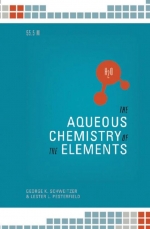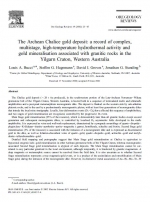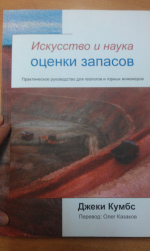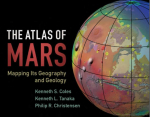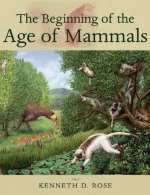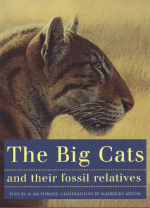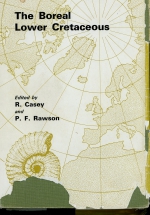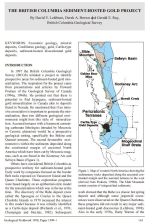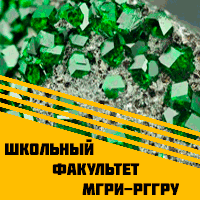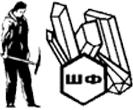Mammals are amongthe most successful animals on earth. They occupy every major habitat from the equator to the poles, on land, underground, in the trees, in the air, and in both fresh and marine waters. They have invaded diverse locomotor and dietary niches, and range in size from no larger than a bumblebee (the bumblebee bat Craseonycteris: body length 3 cm, weight 2 g) to the largest animal that ever evolved (the blue whale Balaenoptera: body length 30 m, weight > 100,000 kg). Just over a decade ago, the principal references recognized 4,327 or 4,629 extant mammal species in 21–26 orders (Corbet and Hill, 1991; Wilson and Reeder, 1993), the discrepancy mainly in marsupial orders. The most recent account now recognizes 29 orders of living mammals (the increase mainly reflecting the breakup of Insectivora), with more than 5,400 species in 1,229 genera (Wilson and Reeder, 2005). But many times those numbers of genera and species are extinct. Indeed, McKenna and Bell (1997) recognized more than 4,000 extinct mammal genera, many of which belong to remarkable clades that left no living descendants. The great majority of extinct taxa are from the Cenozoic, the last one-third of mammalian history. What were these extinct forms like? What made them successful, and what led to their eventual demise? How were they related to extant mammals? When, where, and how did the ancestors of modern mammals evolve, and what factors contributed to the survival of their clades?


